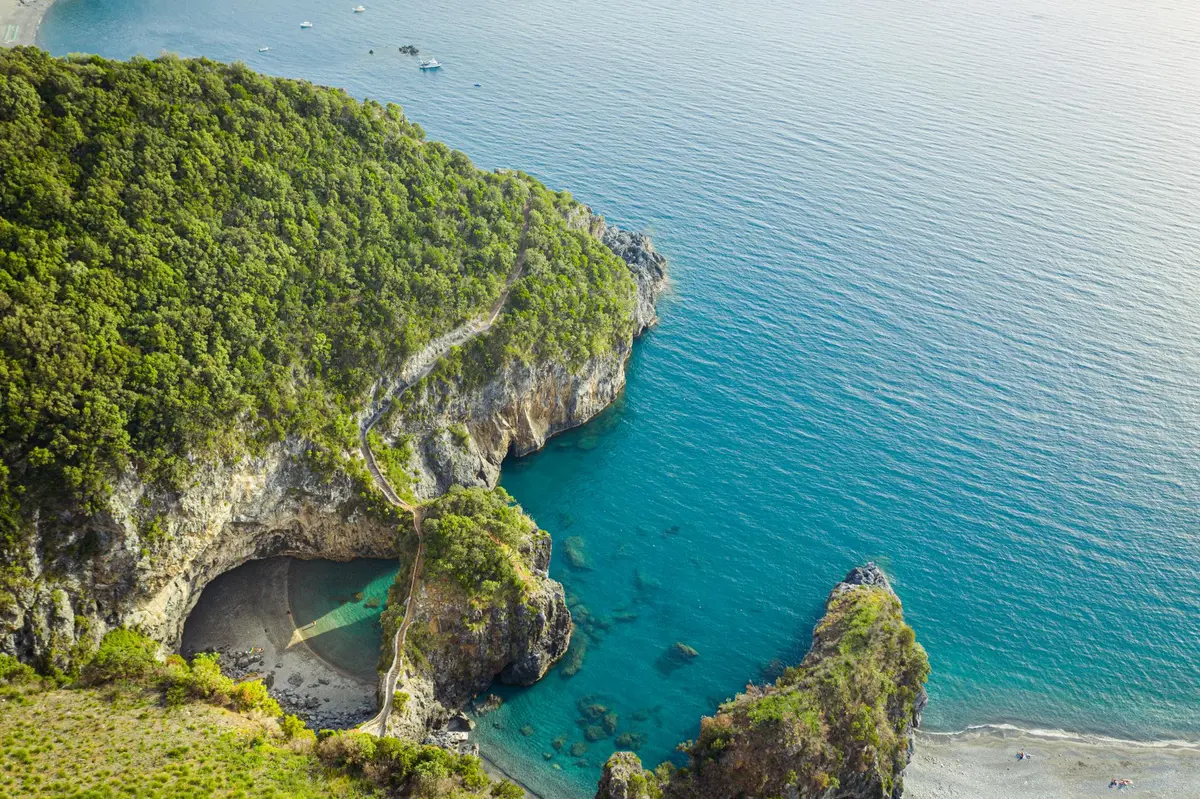Riviera dei Cedri in Calabria, between beaches and unique spots
Tour of the Riviera dei Cedri

Naturalistic
Arcomagno, San Nicola Arcella - Regione Calabria
Travel information
Category
Naturalistic
Target
For all
The name, "Riviera dei Cedri", is an entire concept. It evokes the scent of orange blossom and the golden yellow of a sun-kissed fruit, which on this stretch of sea in the Cosenza area offers splendid sunsets.
This is the ideal habitat for the prized Cedar of Calabria PDO, an indigenous citrus fruit with unique characteristics: smooth and shiny skin, large size, autumn blossom, used in confectionery and cosmetics. Thanks to the presence of this fruit, every year the Riviera dei Cedri hosts rabbis from all over the world, who come here to choose the best fruit for the Jewish festival of Sukkot (or Feast of the Huts), which involves the use of etrog (the citron) in its most prized variant.
The Riviera dei Cedri (or Cedar Coast) is renowned for its beaches, from which one can reach the two small Calabrian islands: the Dino Island (Praia a Mare) and the Cirella Island (Diamante), two true naturalistic paradises and an integral part of the "Riviera dei Cedri" Regional Marine Park.
Ready to set off on an itinerary to discover the Riviera dei Cedri?
Praia a Mare

San Nicola Arcella

Scalea

Santa Maria del Cedro

Diamante




